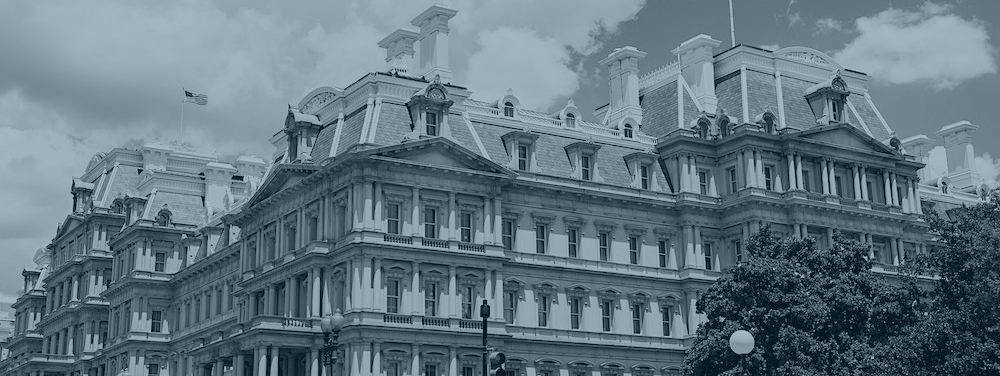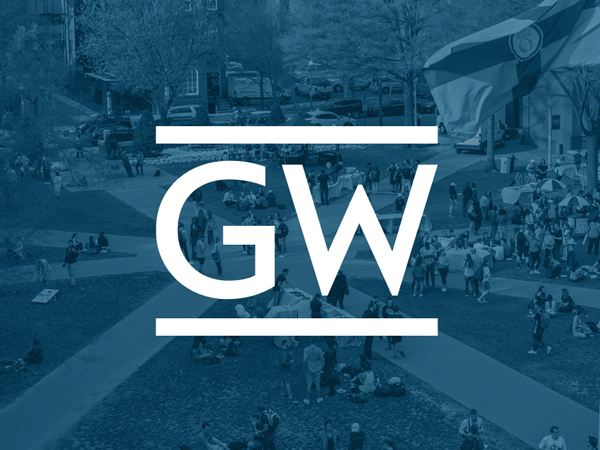Download this commentary (PDF)
In brief...
In July, OIRA published new public participation guidance for federal agencies. The guidance offers an important new framework for engaging the public in the regulatory process.
On July 19, 2023, the Office of Information and Regulatory Affairs (OIRA) released guidance to federal agencies with recommendations for improving public participation and community engagement in the regulatory process. OIRA developed this guidance based on public feedback from a series of listening sessions and a public comment period. This guidance covers the importance of public engagement; obstacles to participation from both the public and agency perspectives; the importance of early engagement; two specific strategies for agencies to pursue; and best practices in the public engagement space.
This is the first in a series of commentaries covering OIRA’s guidance. This piece covers the barriers to public participation and the specific strategies OIRA calls upon agencies to implement. Future work will cover the background and context surrounding this guidance and the importance of public participation in a democratic society.
Barriers to Public Participation
The guidance discusses challenges the public faces when attempting to participate in the regulatory process, and the obstacles that federal agencies face when addressing those challenges. Through its own public engagement process, OIRA identified four barriers to public participation. These barriers build on each other and highlight the layered challenges individuals face when participating in public decision-making.
The first barrier is about education: members of the public may not even know about the regulatory process. Regulation often receives less attention in civics and government education and is less covered in the media. If regulation is covered in the media, coverage often lacks information about how the public can provide feedback on the issues.
The second barrier involves subject matter awareness: even if people are aware of the regulatory process, they may not know how to engage with the issues they care about. They might not be aware of the regulations agencies are considering, how far along in the process a regulation is, or how a regulation will affect them. They may also struggle to identify the right agency for a specific regulatory proposal.
The third barrier relates to participation itself: even if the public knows about the regulatory process and can identify the agency they wish to contact, they may not know how to engage the agency effectively. During its listening sessions, OIRA learned that individuals lack clarity on what makes a public comment effective, and what experiences or information would be most useful to agencies.
The fourth barrier is about access. Even if individuals are able to overcome the first three barriers, there are a number of factors that could still impede their ability to participate in the regulatory process. Individuals may struggle to participate due to a lack of time, language barriers, physical accessibility issues, and barriers to internet access. They may also feel unwelcome to participate due to a lack of trust in government or a belief that agencies will not meaningfully consider comments from the public.
For agencies, the obstacles to effective public participation concern a lack of resources and capacity. Building trusting, two-way relationships with communities is time- and resource-intensive for agencies. They may lack the capacity to invest in outreach and relationship building with communities, particularly underserved communities. Agencies may also be obligated by statutes or court orders to use particular modes of participation or follow a particular timeline, which could limit an agency’s options to pursue more effective public participation strategies.
New Approaches for Public Participation & Community Engagement
OIRA’s guidance memorandum also explores the importance of timing for effective participation and engagement, and presents two new strategies for agencies to incorporate into their existing participation and engagement methods.
OIRA emphasizes the importance of early planning around participation and engagement to yield the most meaningful results. Because time and a lack of resources are barriers for both agencies and the public, OIRA encourages agencies to prioritize maximizing the quality of their participation and engagement efforts. In some situations, OIRA suggests that engaging on broad policy areas, rather than a single regulatory action, could be more effective at maximizing resources.
The guidance also emphasizes that it is most effective to prioritize public participation early in the regulatory process, while agencies are still developing their regulatory program. The public can aid agencies in selecting meaningful priorities, but only when they are involved early in the process. To maximize early and effective public engagement, OIRA directs agencies to pursue two new practices: to leverage the Unified Agenda and the Regulatory Plan to expand awareness about public engagement activities, and to review their communication and outreach policies for opportunities to include the public earlier in the rulemaking process.
The Unified Agenda (“Agenda”) is a biannual publication in which agencies communicate their current and upcoming regulatory priorities to the public. The Agenda is often the first opportunity for the public to see agencies’ upcoming regulatory priorities. In this memorandum, OIRA directs agencies to leverage their existing regulatory planning process and incorporate new information about past, current, and upcoming participation and engagement opportunities. In particular, OIRA directs agencies to discuss how participation and engagement have informed the development of the agency-wide priorities they present in the Agenda. Agencies should also include opportunities for participation and engagement in the coming calendar year. OIRA also directs agencies to select individual regulatory proposals for the Agenda based on past participation and engagement activities, and describe how public engagement informed the individual proposals.
OIRA’s memo also encourages agencies to review their communication and outreach policies so those policies promote early, equitable, transparent, and meaningful participation and engagement. To encourage fairness and transparency in the regulatory process, and ensure compliance with the Administrative Procedure Act, many agencies have policies that govern communications between agencies and the public outside of a formal written comment—otherwise known as ex parte communications. Ex parte communications can be useful because they offer the public an additional opportunity to give candid feedback on regulatory proposals. During listening sessions, however, community members and agencies both reported that, in some cases, existing ex parte communications policies could interfere with agencies’ outreach efforts. OIRA is encouraging agencies to review and, as needed, update their ex parte communications policies to support early engagement in the regulatory process and proactive agency outreach to communities. These updates would allow for additional insight from the public earlier in the regulatory process when agencies can meaningfully respond.
As part of the communications review process, OIRA also recommends that agencies establish a public engagement plan and post it on their website. To be consistent with ACUS recommendations, an agency’s public engagement plan might include how it plans to identify communities potentially affected by regulatory programs; how it will engage those communities; how the agency will measure the effectiveness of its engagement efforts; and how accessible its engagement opportunities are for the public.
OIRA’s guidance provides an important new framework for federal agencies as they work to engage more of the public in the regulatory process. The public may begin to see the effects of this guidance as early as the Fall 2023 Unified Agenda and Regulatory Plan.



